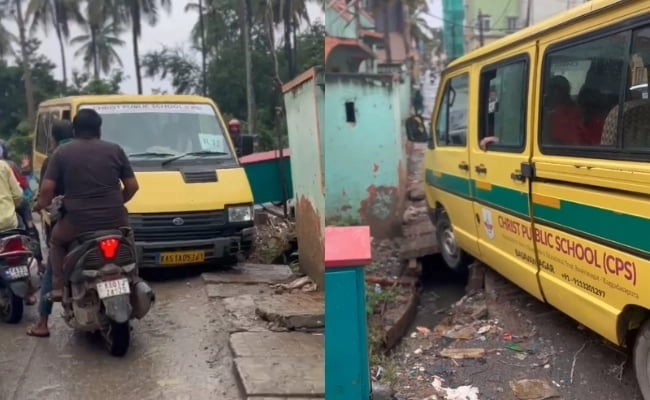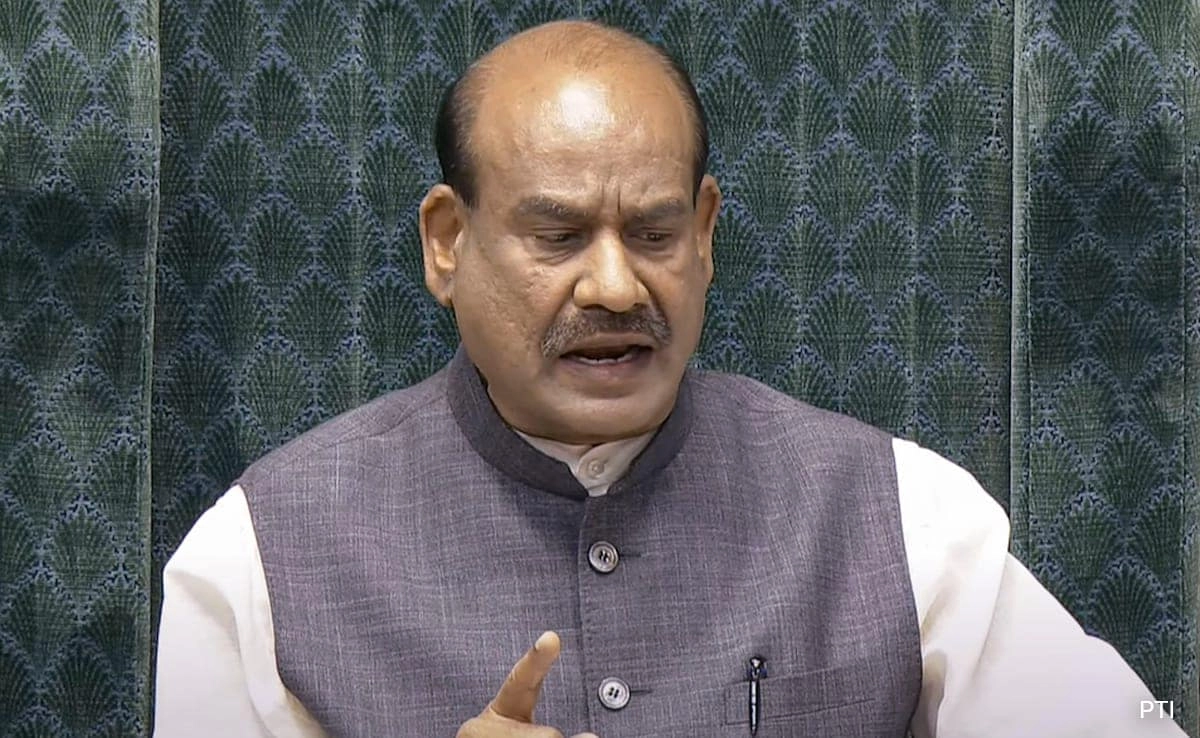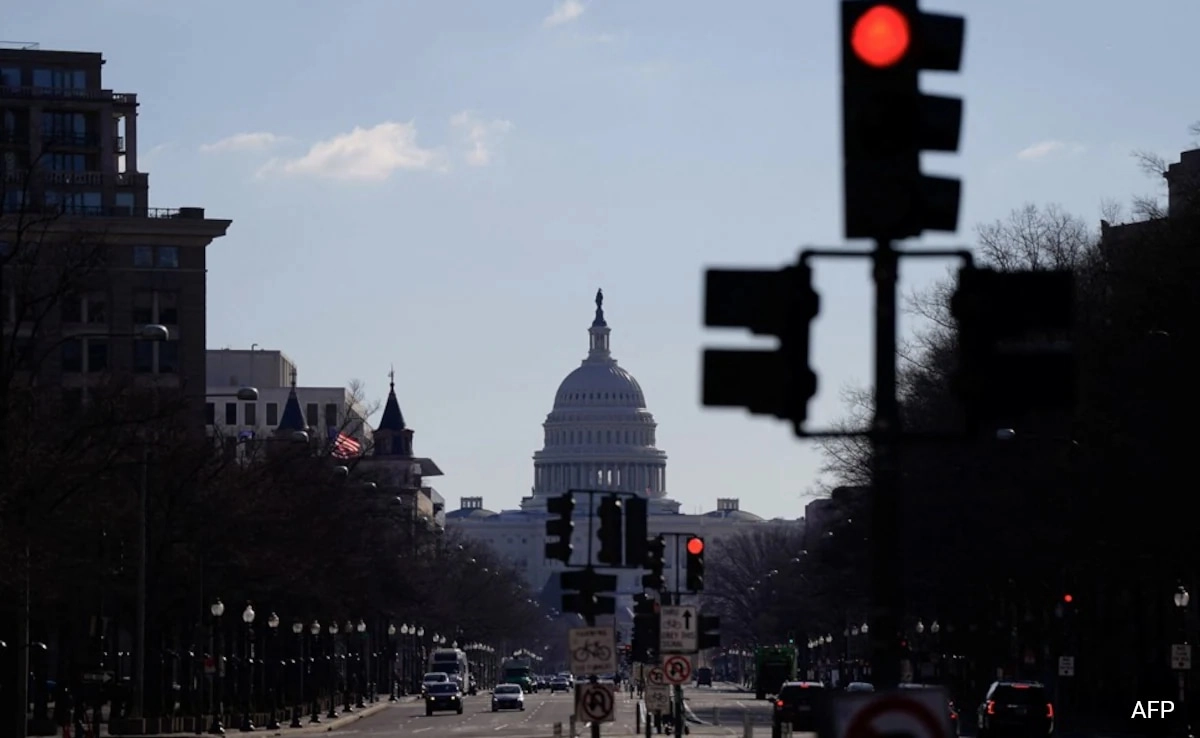In a concerning incident that highlights the ongoing civic issues in Bengaluru, a school van became trapped in an open drain, drawing attention to the city’s deteriorating infrastructure. The event underscores the dangers that residents, particularly children, face daily due to inadequate urban planning and maintenance. With the monsoon season bringing heavy rains, many areas in Bengaluru have been struggling with waterlogging and drainage problems, which can lead to hazardous situations like this one. The visuals of the van stuck in the drain serve as a stark reminder of the urgent need for improvements in the city’s drainage systems and overall civic management.
Local authorities have faced criticism for their failure to adequately address these infrastructure challenges. The incident raises questions about accountability and the prioritization of public safety in urban planning. Many citizens are frustrated by the recurring nature of such incidents, which could have been prevented with proper oversight and timely maintenance. As Bengaluru continues to grow rapidly, the strain on its infrastructure becomes more pronounced, making it imperative for the government to invest in sustainable solutions that can ensure the safety of its residents.
Moreover, this incident highlights the broader implications of urban neglect on community well-being. Parents depend on school transportation for their children, and incidents like these not only jeopardize safety but also contribute to anxiety and fear in families. The vulnerability of school vans and children in such situations is a grave concern that calls for immediate action from both civic bodies and the state government. As public outcry grows, it remains to be seen how authorities will respond to this incident and what measures will be put in place to prevent similar occurrences in the future.
In conclusion, the incident of the school van stuck in an open drain is a wake-up call for Bengaluru’s civic authorities to take decisive action against the ongoing infrastructure issues plaguing the city. It serves as a reminder that the safety of residents, especially children, must be a top priority in urban planning. The community’s frustration and calls for accountability must be acknowledged, leading to sustainable practices that can prevent such dangerous situations in the future. Only through concerted efforts and a commitment to improvement can Bengaluru hope to transform its urban landscape into a safer environment for all its residents.




